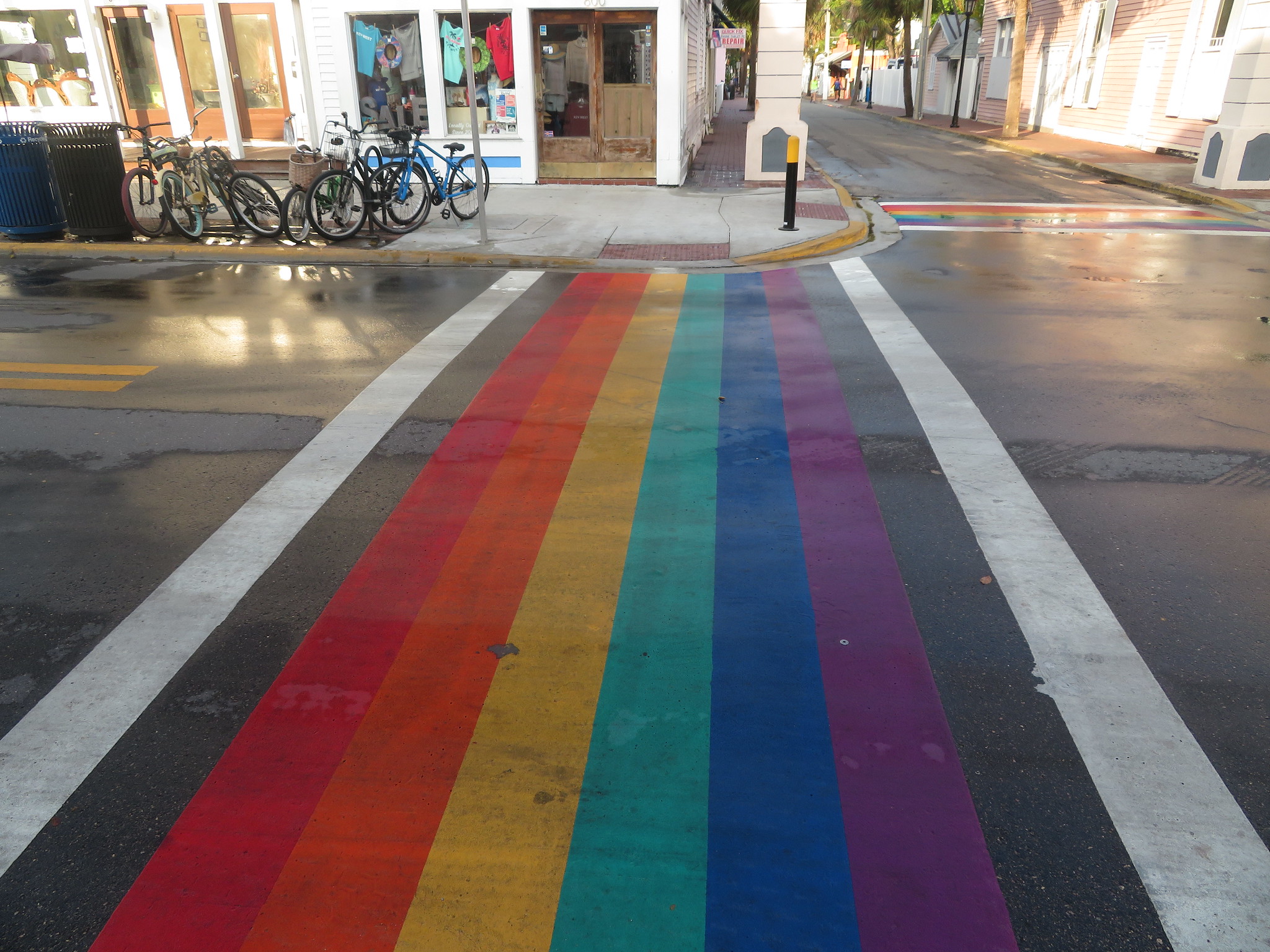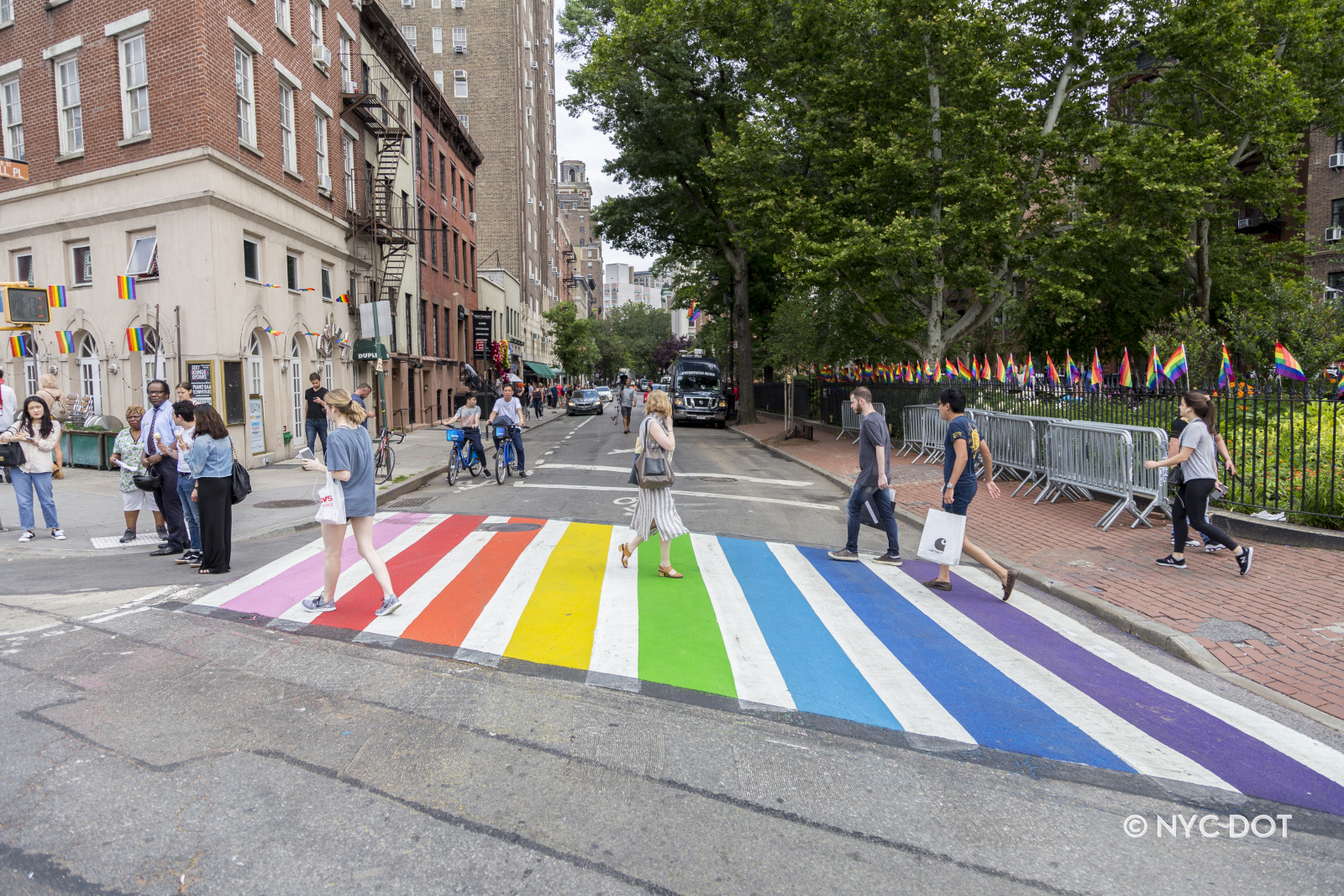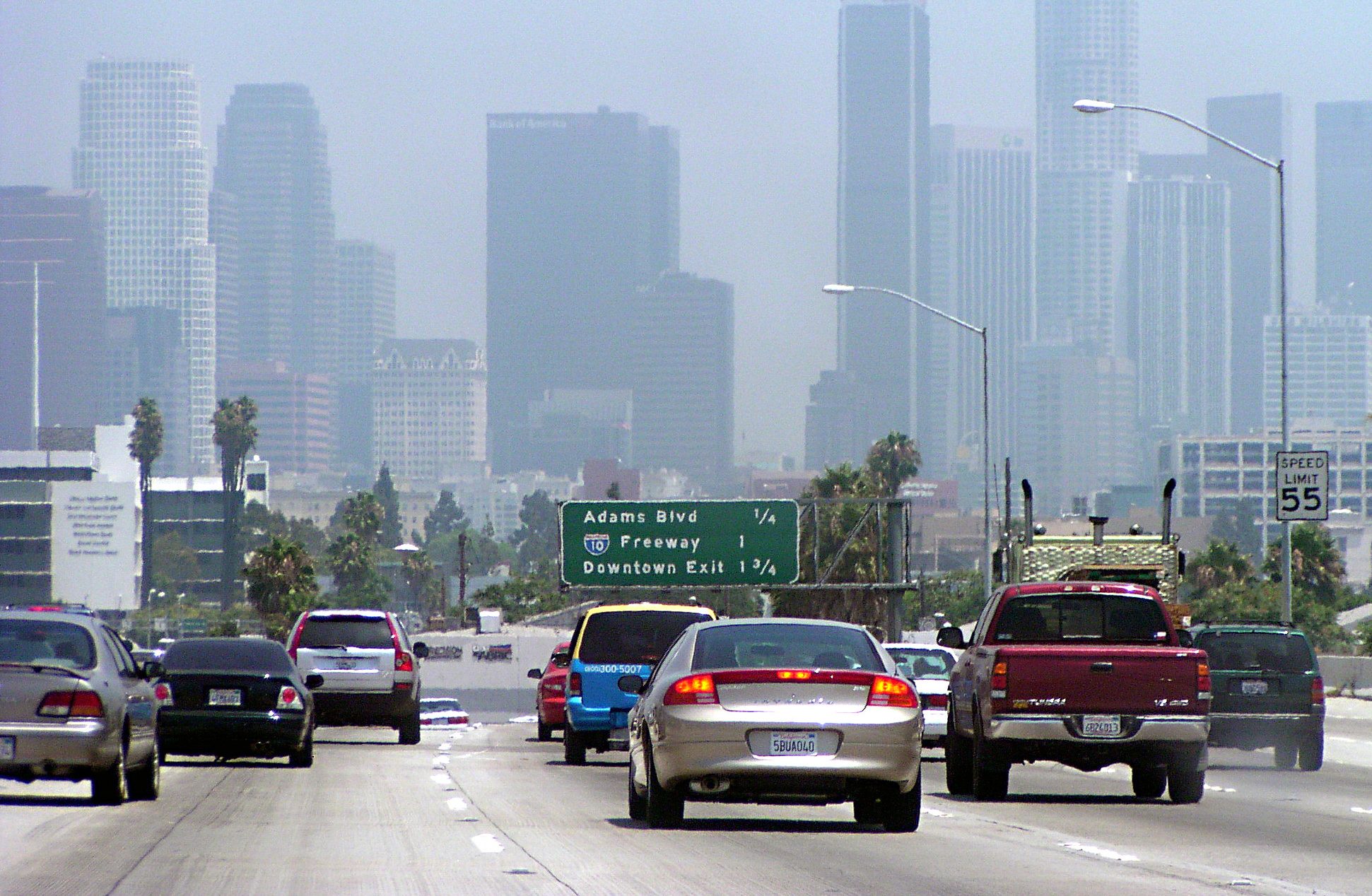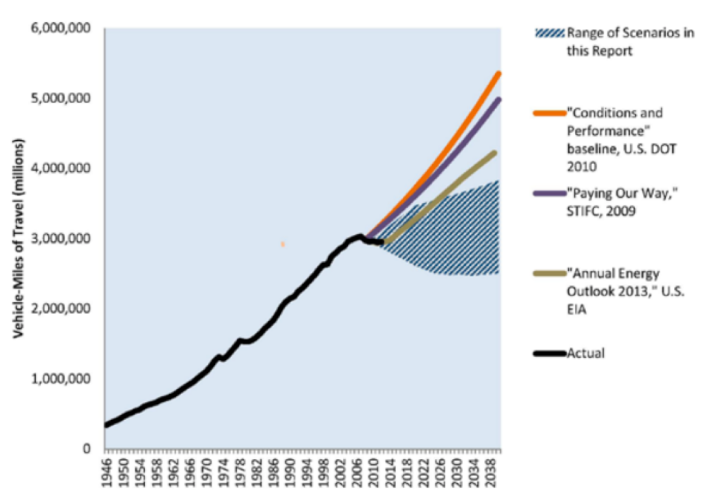
The driving boom is over.
After decades of steady growth, U.S. driving rates have stagnated and even fallen. Per capita driving is as low as it was in 1996. And yet, federal and state government estimates continue to predict inexorable growth, relentlessly building expensive new highways for drivers who might not materialize.
A groundbreaking new study from U.S. PIRG and the Frontier Group shows that any of three likely scenarios for future U.S. driving trends show far lower vehicle miles traveled than any of the principal current government estimates. That creates a disconnect between the kinds of transportation Americans are choosing with their feet and the kinds of transportation the system is designing for them.
Transit ridership is rising steadily – Americans took 10 percent more transit trips in 2011 than in 2005 – yet more than half of U.S. transit systems have been forced by budget constraints to either raise fares or cut service – or both – since the beginning of 2010. Meanwhile, although Americans are showing a flagging interest in automobile travel, states are breaking the bank to build shiny new roads.
Here are the three possible future scenarios for driving behavior that authors Phineas Baxandall of U.S. PIRG and Tony Dutzik of the Frontier Group laid out:
Back to the Future: This scenario assumes that the decline in driving is a temporary “blip,” largely due to the economic recession, and not a lasting trend. It assumes driving rates will soon pick right up where they left off. In this scenario, driving rates by age cohort and sex return to 2004 levels by 2020 and continue marching upward.
Enduring Shift: Under this scenario, the last decade’s shift in driving behaviors is real and lasting, with people continuing to embrace different forms of transportation and more compact communities. Gas prices stay high, the economy bounces back without leading to a huge jump in VMT, and the digitally-connected world continues to reduce the need for travel. This assumes each age and sex cohort keeps driving at lower rates than the same cohort did in previous generations. “For example, if 20 year-old males in 2009 drove 20 percent less than 20 year-old males did in 2001, it is assumed that eleven years later in 2020 they will similarly drive 20 percent less than 31-year-old males did in 2001,” Baxandall and Dutzik write.
Ongoing Decline: Maybe the recent dip in driving rates is just the beginning of a deeper change in transportation patterns. Maybe the technological breakthroughs, high gas prices, environmental concern, and changing preferences that have contributed to lower rates of driving will only intensify, accelerating (rather than merely continuing) the reduction in driving. Baxandall and Dutzik were conservative here, assuming only half the rate of reduction that we’ve seen in the last decade.
All of these scenarios would mean far less driving, far into the future, than the primary U.S. government estimates have forecast.
The U.S. Department of Transportation’s 2010 Conditions and Performance report considered two scenarios, both of which assume much more driving than any of the PIRG estimates. The report forecasts either 1.85 percent annual growth in driving, which follows state predictions, or 1.23 percent annual growth. The scenario with the higher driving rate assumes higher levels of highway spending.
Meanwhile, the U.S. Energy Information Administration, which produces the official U.S. government forecasts for energy use, predicted in 2006 that Americans would drive 3.3 trillion miles per year by 2012. “Instead, Americans drove less than 3 trillion miles — 10 percent fewer than had been predicted just six years earlier," write Baxandall and Dutzik.
And the 2009 National Surface Transportation Infrastructure Financing Commission looked at a number of factors contributing to the shortfall in gas tax revenues needed to pay for transportation infrastructure. To hit its revenue target, the commission recommended a gas tax increase of up to 58 cents per gallon – astronomically higher than any politician is willing to consider -- but even that conclusion assumed that driving would tick upward at rates that are unlikely to materialize.
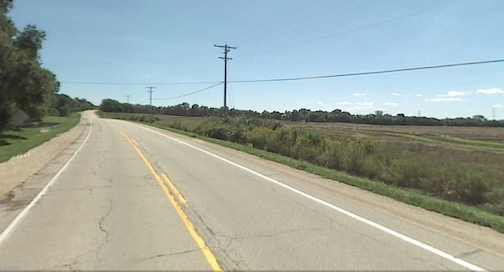
The impact of all this unrealistic forecasting is that states are going into debt to lay asphalt no one wants to drive on. Toll roads, which are increasingly popular with states because they provide a revenue source to pay private investors back, are falling far short of projected use all over the country.
In San Diego, a toll road operator went bankrupt by betting on increased driving. Perpetually rising tolls on a series of roads in Orange County have failed to meet revenue targets, since there simply aren’t enough drivers on the road. The bonds issued by one of the toll road authorities have been downgraded to junk status.
Wisconsin is increasing new highway spending by 10 percent – while decreasing transit funding by the same proportion – although any rational look at Wisconsin’s travel patterns would prompt a reversal of those numbers.
Meanwhile, in the Pacific Northwest, driving rates flattened out earlier than in the rest of the country, bringing troubles with transportation budgets to a head earlier as well. The response? To float bonds, betting on more driving in the future. Those bets haven’t paid off, leaving transportation officials in a state of panic. Tolling revenue projections aren’t panning out either. What’s a state transportation department to do?
PIRG and Frontier have a few suggestions.
First, embrace the uncertainty we’re living in. Know that we don’t know how things will turn out, and don’t go broke betting on any one of many possible outcomes – especially an outcome that is the least likely to pan out. Meanwhile, acknowledge that the shift away from driving is a positive one that should be encouraged, not ignored. It means a healthier population and a healthier environment. Once transportation departments – and the U.S. Congress – figure out how to pay for transportation in the absence of massive fuel consumption, it’ll mean a healthier financial picture for states and the nation, too.
Highway projects that have been in the planning stages for decades should be reconsidered in light of the dramatic changes in travel patterns. Federal priorities should be refocused on the state of good repair of transportation infrastructure and the provision of more and better transportation options – not just more and more highways.
And finally, transportation officials: Don’t make this mistake again. Do better research. Get better data. Ask the right questions. Perhaps we’ll find that there has indeed been an “enduring shift” in transportation habits that will change the way this country designs transportation infrastructure.
There’s so much more to the report than PIRG and the Frontier Group put out, and we’ll be examining it in the days to come in a series of shorter posts. We’ll look at the roots of the shift in transportation habits, the impact of technology, the benefits and challenges of less driving, some potential results of less congestion, and more.

